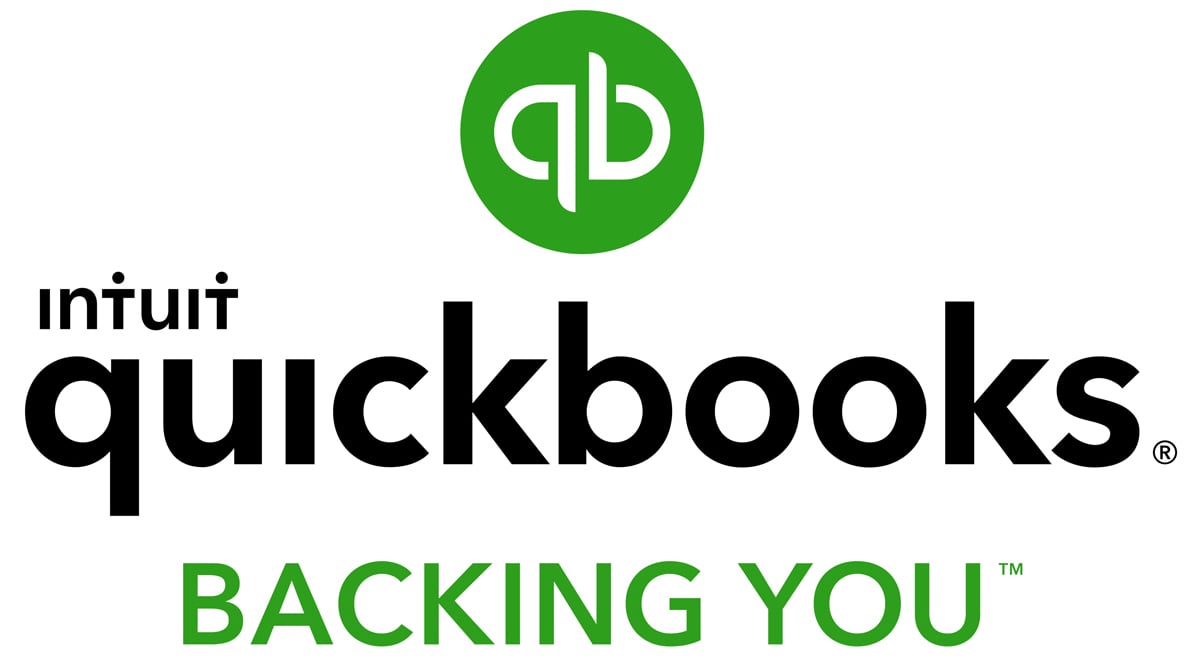Fixed Charge Coverage Ratio: Definition, Formula, Examples

When you apply for capital with a lender, they will closely examine your business finances to determine whether you qualify for the loan. One of the factors a lender might look at is the fixed charge coverage ratio (FCCR). The fixed charge coverage ratio formula helps the lender assess to what extent your business’s fixed costs consume your cash flow.
Lenders work out this calculation because they don’t want to make a bad investment. It is imperative that they know whether or not you will be able to pay back the loan. The fixed charge coverage ratio helps them understand how your earnings are currently being used and the capacity your business has to take on more debt. Read on to see the fixed charge coverage ratio formula and examples of how it’s used.
- What Is the Fixed Charge Coverage Ratio?
- Fixed Charge Coverage Ratio Formula
- Examples
- What’s a Good Fixed Charge Coverage Ratio?
- How to Improve Your Ratio
What Is the Fixed Charge Coverage Ratio (FCCR)?
The fixed charge coverage ratio (FCCR) shows how well a business’s earnings cover its fixed charges—such as debt payments, lease payments, insurance premiums, and salaries—before interest and taxes are accounted for. A high ratio shows that a business can comfortably cover its fixed costs based on its current cash flow. In general, you want your fixed charge coverage ratio to be 1.25:1 or greater. Potential lenders look at a company’s fixed charge coverage ratio when deciding whether to extend financing.
Fixed Charge Coverage Ratio Formula
The fixed charge coverage ratio is important to know when you are applying for business loans. It is also critical information to have when you are considering the overall health of your business. The fixed charge coverage ratio formula is as follows:
(Earnings Before Interest and Taxes (EBIT) + Fixed Charges Before Taxes) / (Fixed Charges Before Taxes + Interest)
Most lenders expect to see a fixed charge coverage ratio of 1.25:1 or higher. Here’s how to use the fixed charge coverage ratio formula:
EBIT
A company’s EBIT is also known as the operating income, operating earnings, or operating property.[1] It is calculated by taking the total annual revenue and subtracting the cost of goods sold (COGS) and operating expenses. The operating expenses include things like wages and benefits for employees, plus the cost of research and development. EBIT tells you your business’s net income before income taxes and interest are deducted.
Fixed Charges
Fixed charges are calculated annually and can include any number of regular charges like lease payments, loan payments, insurance premiums, and employee wages. However, if you deduct rent as part of the operating expenses for your EBIT figure, you will not need to include it as part of the fixed charge. Most of what a business will account for as fixed charges can be deducted as business expenses.
Interest Expenses
The last variable in the fixed charge coverage ratio formula is interest. Your interest expenses can be calculated by multiplying the total dollar amount of outstanding debt by the interest rate on the debt. It should also appear on your profit and loss statement.
With this fixed charge coverage ratio definition in mind, let’s go over a couple of examples to show how to calculate this ratio for your business.
Fixed Charge Coverage Ratio Examples
Below, we’ll go over a few different examples of fixed charge coverage ratio so you can see for yourself how you might calculate it for your own business.
Fixed Charge Coverage Ratio Example 1
Lisa runs a spa and salon in a small historic town in Georgia. Because her business location is in a more exclusive area of her town, her monthly rent is pretty high. Her monthly expenses include her rent, her insurance both on the salon and also on its vehicle, and her regular interest payments. Her total fixed charges before taxes calculated annually are $30,000. Her annual interest payments are $10,000. On average, the spa’s EBIT for the year was $84,000.

To find Lisa’s fixed charge coverage ratio, add her EBIT and the total fixed charges before taxes and then divide by the fixed charges plus interest. You can see in the image above that this equals 114,000 divided by 40,000. Lisa’s fixed charge coverage ratio is 2.8:1. This means that there should be approximately $2.80 of operating cash flow produced for every $1 of debt incurred. Lisa’s ratio is healthy, as the baseline for a good ratio is 1.25:1 or a ratio of $1.25 to every $1 of debt incurred.
Fixed Charge Coverage Ratio Example 2
Some financial experts contend that the fixed charge coverage ratio does not take into account significant decreases in cash flow for corporations and LLCs. This significant decrease in cash flow can take the form of owner draws or dividends, which is not counted in the standard EBIT. This, in turn, can be an issue for banks since they do not know how much the owner or owners are receiving in compensation.
If you take an owner draw, use this alternative formula to calculate your fixed charge coverage ratio:
(EBIT + Fixed Charges Before Taxes + Owner Draws) / (Fixed Charges Before Taxes + Interest + Owner Draws)
Here’s an example below:
Michael’s home theater business, located in Orlando, Florida, has an annual EBIT of $250,000. He has fixed charges of $48,000 annually, plus he makes annual interest payments of $26,000. His dividend from the company every year is $70,000. To calculate Michael’s fixed charge coverage ratio with the additional owner dividend, we would add $250,000 + $48,000 + $70,000 and divide by $48,000 + $26,000 + $70,000.

As you can see in the image above, the calculation yields a final fixed charge coverage ratio of 2.5:1 or $2.50 for every $1 of debt incurred. This is another good ratio for a company, especially given that the owner dividend is taken into consideration. It is interesting to note that if the ratio was calculated and the loan officer had omitted or had been unaware of the owner draw, the ratio would have been much higher at 4:1. Usually, if a fixed charge coverage ratio is over three, it’s assumed that the company is not using leverage to its maximum potential.
Fixed Charge Coverage Ratio Example 3
Beth is a florist living and working in an expensive neighborhood in East Hampton, New York. Her flower shop is located on Main Street in a coveted commercial space. Right now, Beth does not focus her business toward weddings; however, it is her goal to expand in the near future. Her annual rent is $135,000 for a 2,000-square-foot retail space. She also takes an annual dividend of $50,000 and she makes regular interest payments that total $55,000. Beth’s EBIT is $85,000.

Beth’s ratio is 1.13:1, which means she has $1.13 for every $1 of debt incurred. While Beth is able to cover every debt, she does not have a large cushion to fall back on. If her business goes through a downturn, she might have to dip into her cash reserves. As her ratio stands now, she probably wouldn’t qualify for a business loan from a bank. While a lender will also take into account other ratios and factors, her fixed charge coverage ratio might be enough reason to not grant Beth a loan.
Beth’s next step would be to improve her ratio, which we’ll explain below.
What’s a Good Fixed Charge Coverage Ratio?
As we mentioned above, a good fixed charge coverage ratio is equal to or greater than 1.25:1. A ratio that is 1:1 or lower is concerning, as it means your business is not making enough money to cover your fixed charges or is just scraping by.
If a potential lender sees your fixed charge coverage ratio is less than 1.25:1, they will be less likely to offer financing, as your business is at risk of not being able to pay it back.
How to Improve Your Fixed Charge Coverage Ratio
What if you have a 1:1 ratio or a ratio just slightly higher than that? It’s definitely possible to improve your fixed charge coverage ratio, so you can better position yourself to qualify for a loan. Let’s use Example 3 to figure out how to remedy the situation.
- First, Beth could work to improve her marketing to increase her sales. Partnering with a wedding caterer or bakery means that Beth could expand her florist business without a significant increase in her marketing budget.
- Beth could also negotiate for a lower rental rate after proving her stability as a renter. This would drop her fixed charges significantly and increase her current ratio.
- Another step that Beth could take is to consolidate her high-interest payments and perhaps pay them off with a loan that has a lower interest rate. Then, she could attempt to qualify for a new business loan.
The Bottom Line
As you can see, knowing your fixed charge coverage ratio is essential for the small business owner. Hopefully, through these examples, we have made it easy for you to see how to calculate this ratio for your own business. Take time to do the math and see where your fixed charge coverage ratio falls, and what that means about your business. If it’s a little low, use the tips above to see how you can improve it. A higher ratio isn’t just beneficial if you’re trying to get financing, it can also reassure yourself and your employees that your business is healthy and doing well.
Article Sources:
- Corporate Finance Institute. “EBIT Guide“

Meredith Wood
Meredith Wood is the founding editor of the Fundera Ledger and a GM at NerdWallet.
Meredith launched the Fundera Ledger in 2014. She has specialized in financial advice for small business owners for almost a decade. Meredith is frequently sought out for her expertise in small business lending and financial management.

Featured
QuickBooks Online
Smarter features made for your business. Buy today and save 50% off for the first 3 months.

